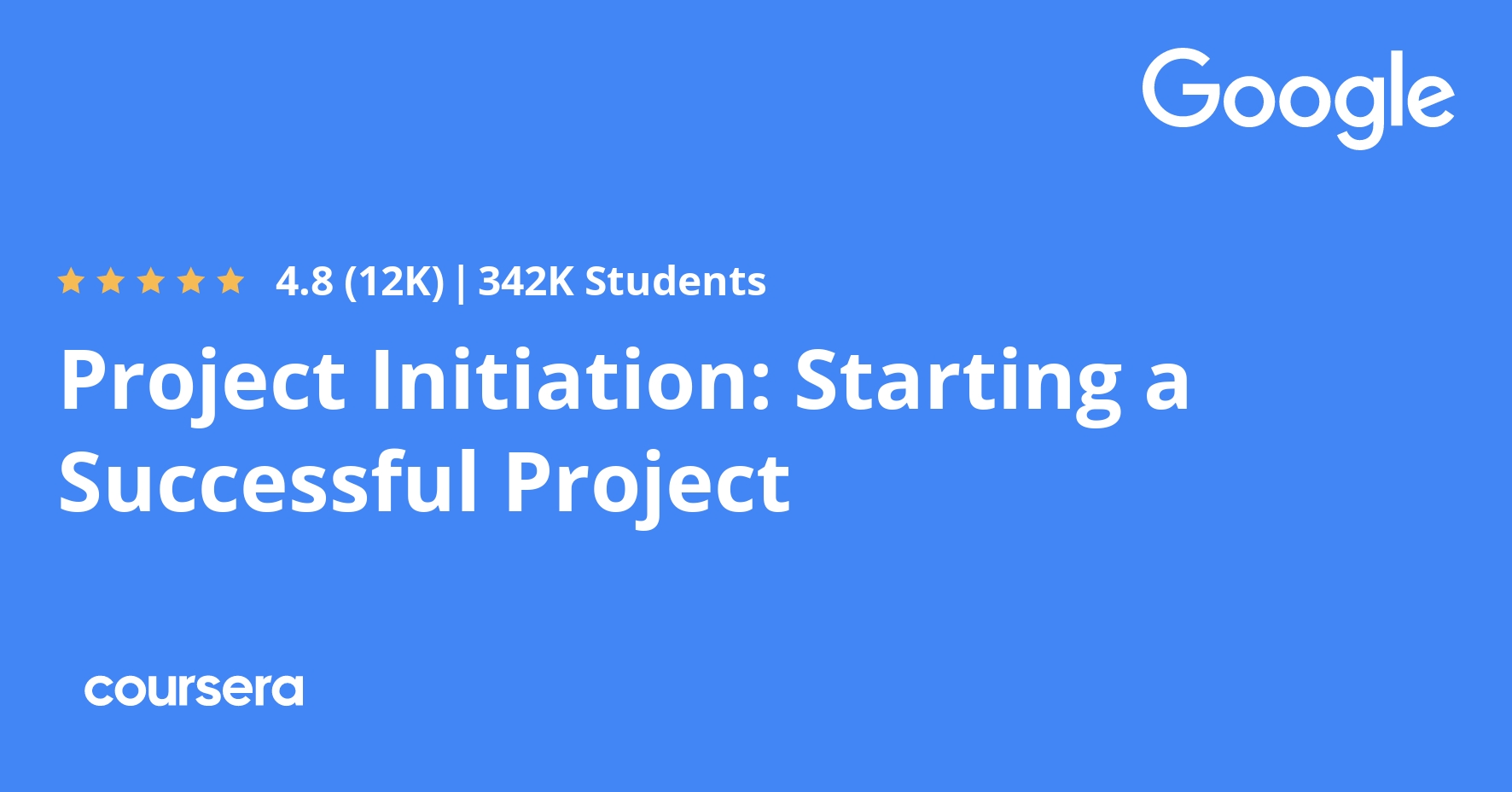Description
Students of this course may try their hand at their own sound interventions and musical compositions, or simply focus on learning more about diverse musical traditions, sonic experimentation, and acoustic phenomena in everyday life. Designed by artist and Duke professor, Pedro Lasch, and UdK composer Mathias Hinke, this course is also co-taught by scholar and musician Jace Clayton (DJ Rupture) and curator Candice Hopkins (Documenta 14). The lectures link major artistic developments of recent decades to wider ideas about sound in specific social and spatial contexts.
Also included are guest presentations from key thinkers and practitioners, like: Christopher DeLaurenti, Jen Delos Reyes, Tina Haver Currin, Quran Karriem, Christina Kubisch, Thomas Kusitzky, Scott Lindroth, Mark Anthony Neal, Bill Seaman, and John Supko. As the ‘ART of the MOOC’ title implies, learners and participants are encouraged to treat the MOOC itself as a public art medium. This happens mostly through the course’s optional practical components, local project productions, global exchanges, and critical feedback. While no prior sound production or musical experience is required, projects also offer challenging options for advanced learners.
For other course offerings or language versions in this series, just search ‘ART of the MOOC’ in the Coursera catalog.
What you will learn
Introduction & Analytical Concepts
This module introduces the four co-teachers of the course (Lasch, Clayton, Hinke, Hopkins), along with five analytical concepts that we will use throughout its sections and projects: Frequency, Perspective, Material Frame, Time Frame, and Concurrency. These concepts are designed to encompass a wide range of acoustic phenomena within spatial and social experience.
Elements of Sound and Social Practices
This lesson expands on specific terms or ‘sound elements’ that include tuning, resonance, silence, improvisation, rhythm, synchronization, duration, and timbre. It also addresses traditional tools in sound production, from musical instruments to sampling, auto-tunes, and other more recent technologies. The module concludes by exploring the role of sound in specific non-musical social settings and practices, such as clapping, fan culture, sports, traffic jams, mass demonstrations, and more.
Project: Playing with Sound Rules
The practical component of this section is optional, asking learners to choose a space with specific ‘sound rules’ and change or alter these rules through actual experimentation.
NOTATION, HOW MUSIC TRAVELS & PUBLIC SPACE
This lesson begins by focusing on the relationship between experimental practices and scores or notation systems. It also examines how sound has been used and understood by artists in specific urban contexts, such as ports, train stations, and airports, as well as rural settings, including forests, gardens, and the wider landscape. We conclude with an examination of how sound and music travel, be it through the populations who produce it, or the objects and digital files that are used to record and share it.






